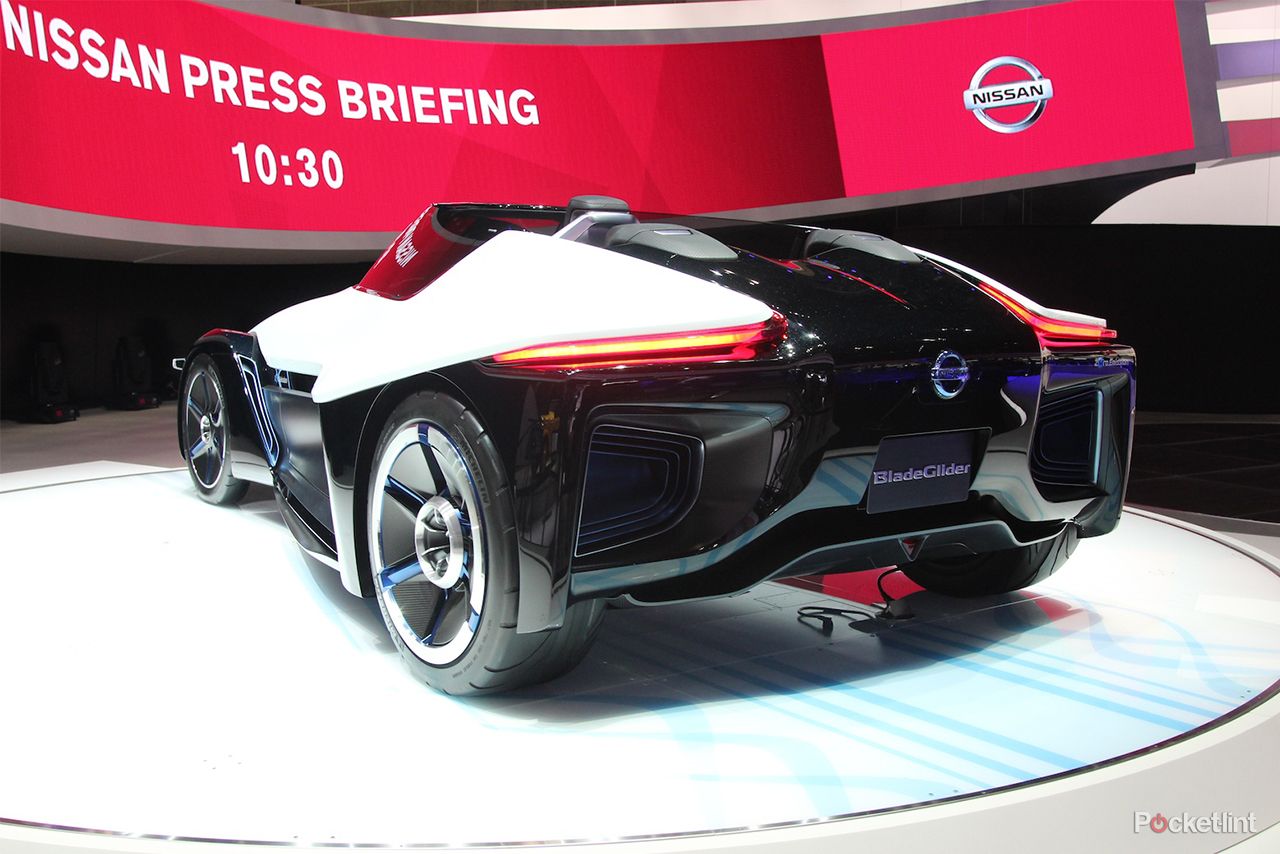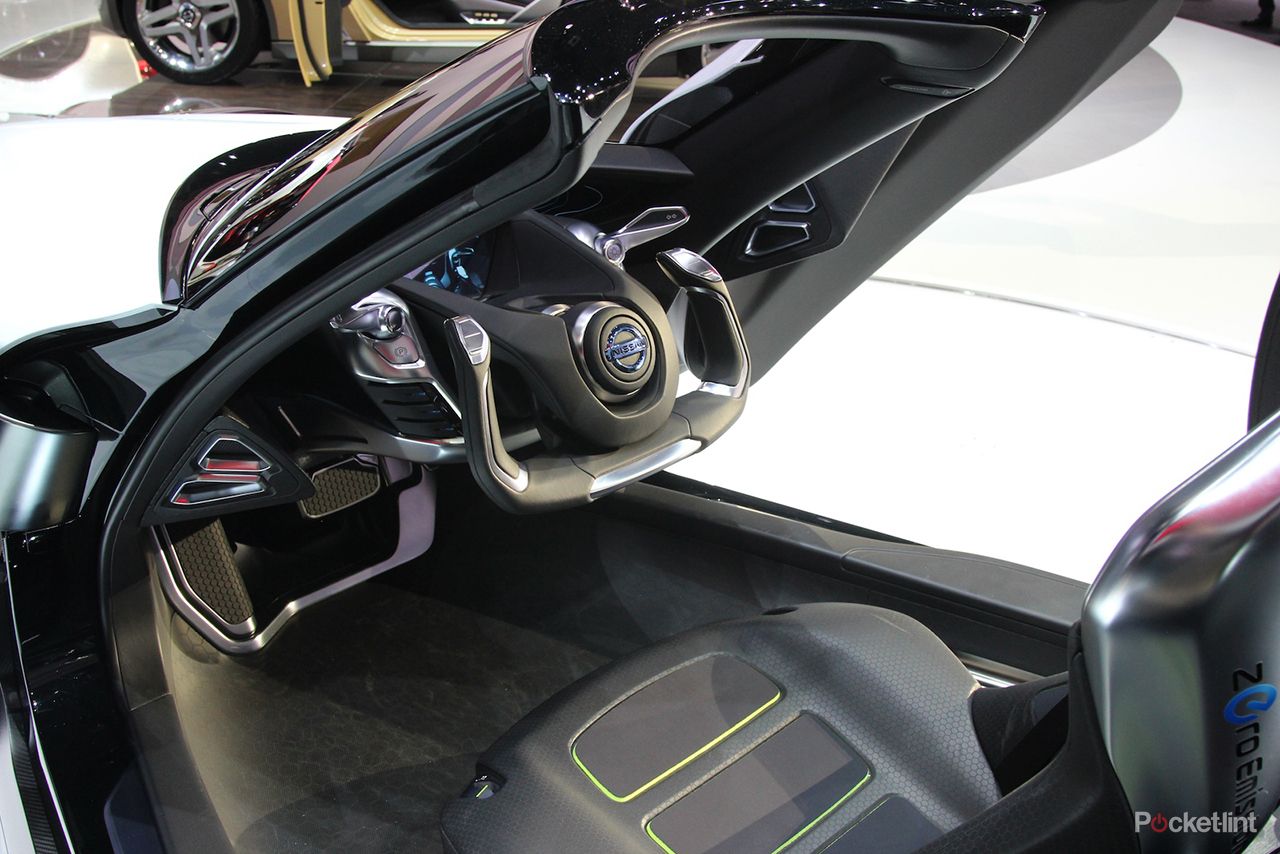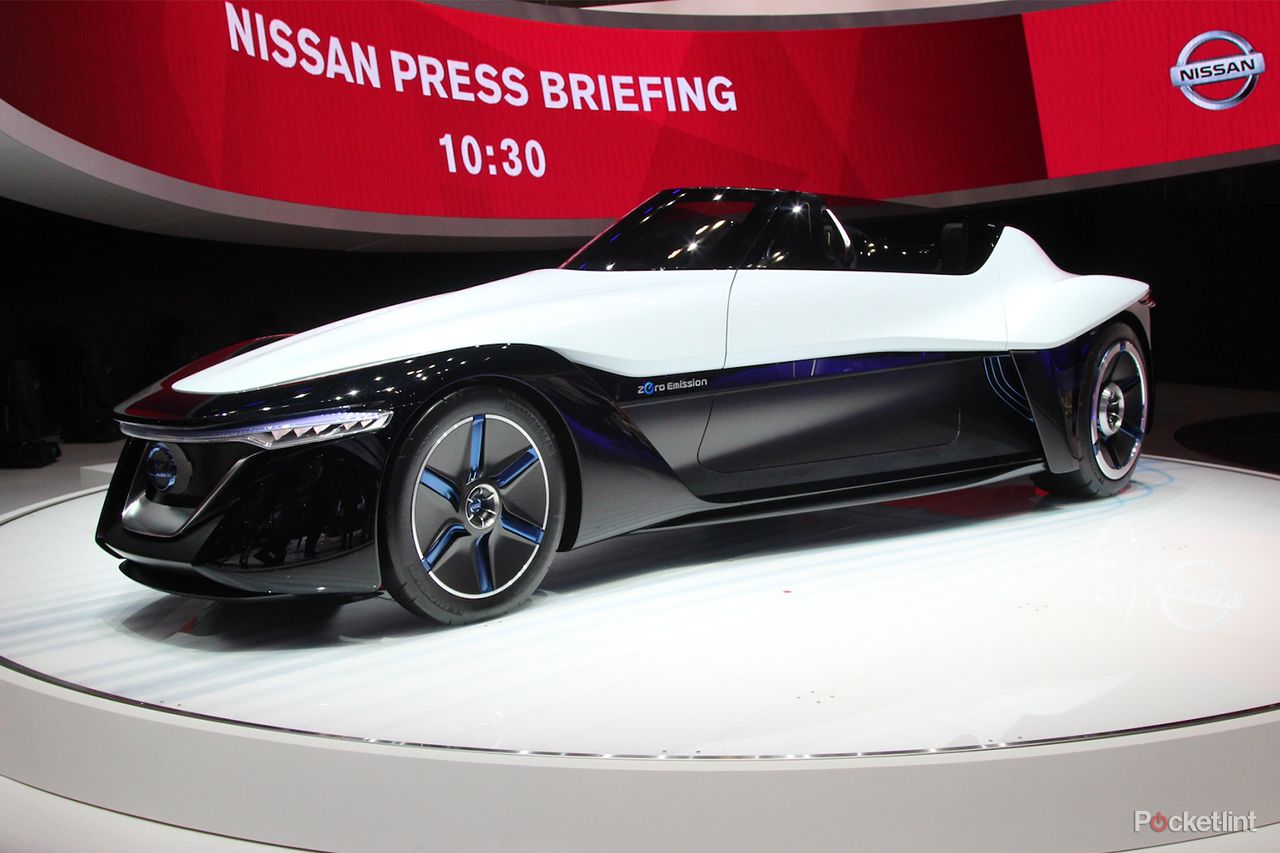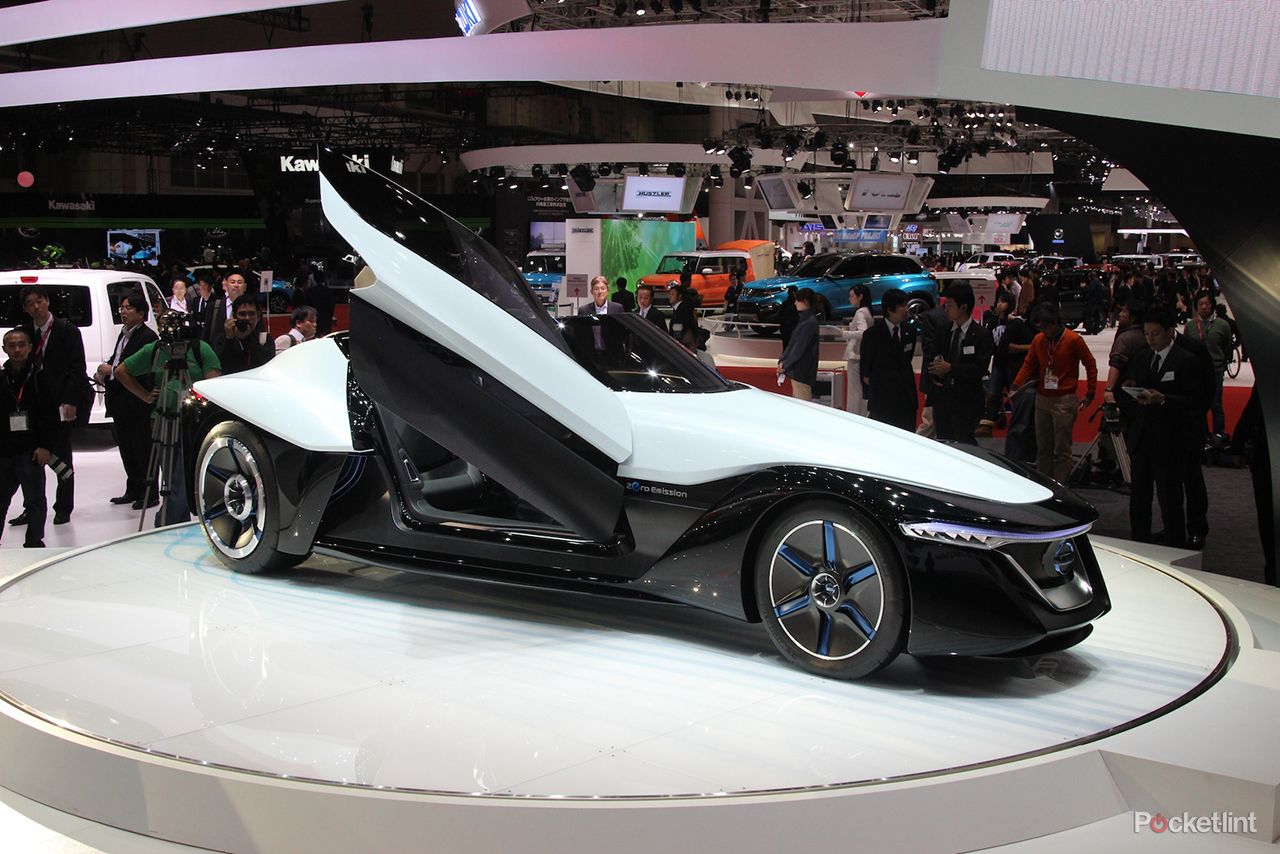Yes, we know what you’re thinking - "Just what the hell am I looking at?" This is the Nissan BladeGlider - try saying it after you’ve had a few drinks - and while we’ll admit that it looks pretty challenging, it’s nonetheless rather important and interesting.
Why? Well, the BladeGlider is significant for drawing together strands of Nissan’s future mobility thinking over recent years. In one package we, in effect, have the battery tech and EV leadership learning from the Leaf, combined with the re-thinking of the endurance racer that was the Deltawing. And thrown into the mix for good measure is a bit of the experimental, Landglider concept that the company showed at the Tokyo Motor Show back in 2009. It's almost gone full circle: as we've got eyes fixed on the BladeGlider at the same show in 2013.
READ: Nissan Deltawing debuts at Le Mans
Still looking for the point? Well Nissan’s never been one for convention. It’s disparate array of cars - from the tiny Kei cars it makes in Japan, through the electric Leaf, rampant GT-R and pick-up trucks in America - is testimony to the company’s open minded perspective and refusal to be pigeonholed. But it also sees itself as a sustainability pioneer - hence the Leaf name - is into racing and is one of the leaders in looking at future autonomous vehicles and traffic management solutions.

The BladeGlider’s the latest boundary pusher. And having seen what the Deltawing car did when someone said "blank sheet of paper, what could we do?" the company’s taken the same approach here. Effectively Nissan said, "if we wanted to make an exhilarating, but super-aerodynamic car, what would it do?". The result you can see before your eyes.
The front of the vehicle is motorbike narrow - the track is one meter wide - and then the car sweeps back in the shape of an aircraft wing, when seen in plan. It’s one of the most aerodynamic forms you can put on the road, reckons Nissan, yet it still allows them to package the battery technology, seat two full-sized adults in the rear behind the central driver and ultimately makes for one of the strangest shapes we’ve seen that can still lay claim to the title of "car".
And you might want to try getting used to it, because this is no pie-in-the-sky concept. Instead, and rather like VW’s XL1, Nissan plans to develop the BladeGlider into something that works on the road. Expect it to get toned down of course, but it’ll still look challenging and, we’d bet, be primarily made out of super-lightweight carbon fiber reinforced plastic (CFRP).
READ: Hands-on: Volkswagen XL1 review
We got up close to the BladeGlider at the Motor Show to have a closer play too. Flick open the upward-hinging doors, and you’re greeted by a cockpit that’s more fighter jet, or computer game, than traditional car. The two passengers sit practically over the rear wheels, in sort-of bucket seats. Meanwhile, the driver sits centrally with a wrap-around canopy screen once the doors are shut. Driving looks more Tron than today too: take control via a controller that’s part steering wheel, part joystick and complete with two thumb-able control buttons on the leading edge.

The instrument pack features a primary driver screen behind the wheel, which is then augmented by a secondary screen in place of the traditional dashboard. It’ll show you the usual location stuff and power/charge, but also features some quite fantastic, military-like overviews of the car, parking situation, gyroscopic displays and so forth.
We didn’t get a full demo, so we’re not sure what other treats are lurking in this interface, but we suspect most people reading this would be rather pleased if Nissan developed something like it for a road-going vehicle. Even if it does look more like something out of a futuristic Sci-Fi movie.
The other IDx concept car twins sitting next to the BladeGlider on the Nissan stand might have been far more palatable visually, referencing as they do the Datsun 510 Bluebird, and having design input from what Nissan calls "digital natives", but make no mistake - if you’re interested in the boundaries of the car being pushed in the future, the BladeGlider is the bigger deal. Challenging aesthetic or not, we can’t wait to see how Nissan develops this for the road.



